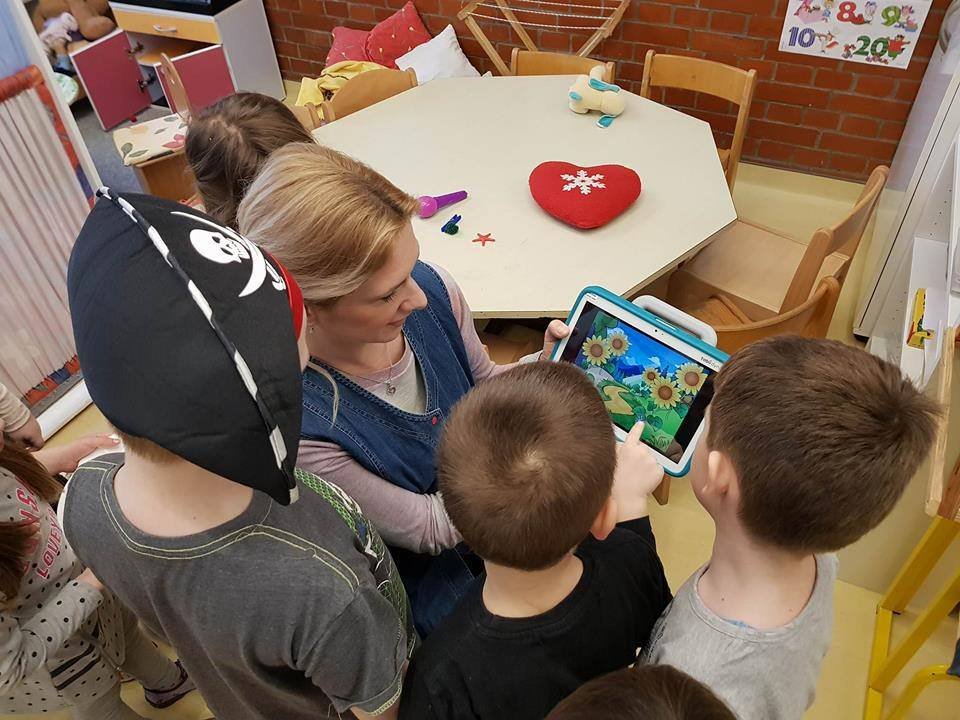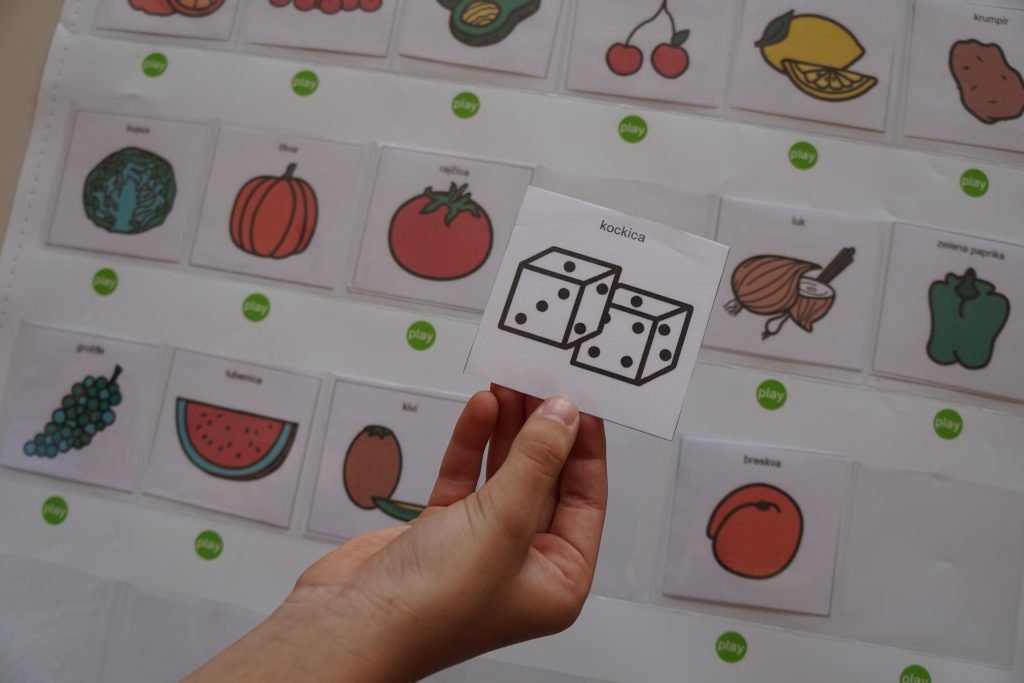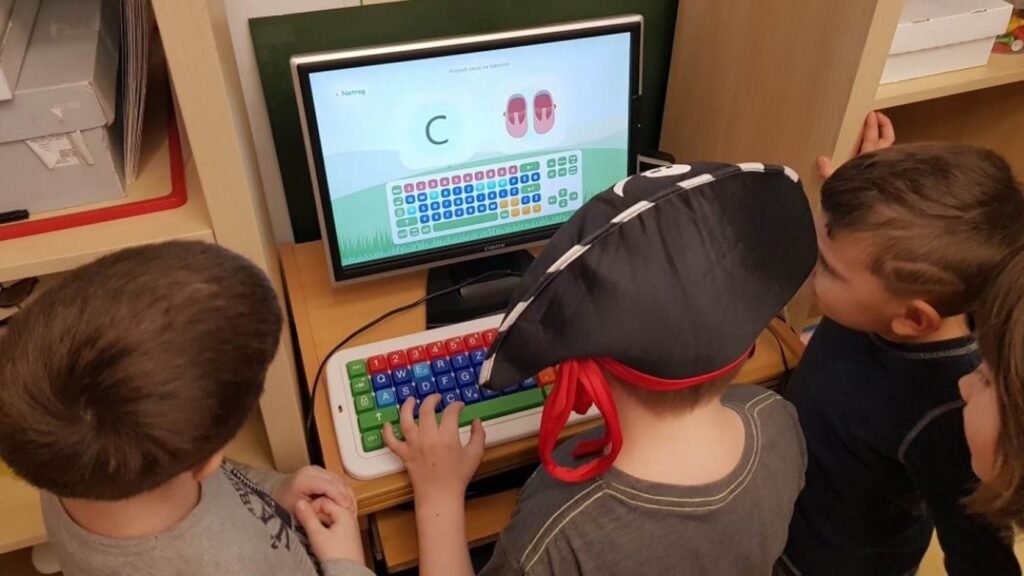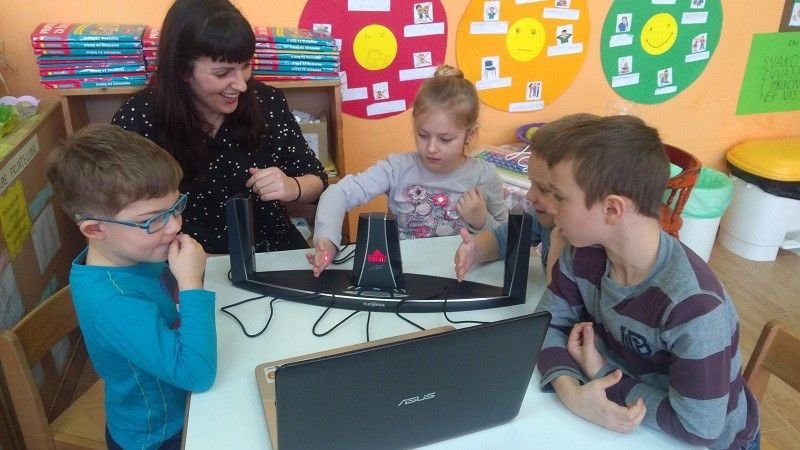Do you work with preschoolers who have language-speech difficulties, autism spectrum disorders or motor difficulties, and you don't know how to help them?
Do you want a strong ally in working with children with disabilities who will help break down the communication barriers you encounter every day?
Working with children of preschool age can be a great challenge, and this challenge becomes even greater when working with children with developmental disabilities. It is very important to start rehabilitation on time. The importance of early intervention has long been recognized, and the benefits of timely treatment of difficulties are limitless.
Sometimes traditional speech therapy and rehabilitation methods are not enough, and your work shows the need for additional help from modern technologies. Assistive technology offers educators and experts additional solutions and help in practical work with children with disabilities, and offers children easier learning and development of skills and is a medium for assisted communication.
In other words, assistive technology gives children the opportunity to express their feelings and needs, and educators and experts the opportunity to hear these feelings and needs.

The start of using a communicator for assisted communication will depend on the individual needs and capabilities of the children you work with. Choosing the first communicator is based on an assessment of the user's cognitive and motor skills. Therefore, some children will need a simple communicator to start with, which has proven to be the most common choice in practical experience, while other children will need more advanced communicators. Some children will be able to control the communicator by direct touch of their fingers, while other children, with motor difficulties, will need to facilitate the control of the communicator - using switches or eye control devices.

The interactive wall is a simple communicator in the form of 30 fields in which you can insert images for visual support and easily record messages lasting up to 20 seconds. It is practical to use and you can display it in any room and on any wall of your room. Educators and experts love it precisely because of its simplicity and the unlimited possibilities it offers. Use it to learn the alphabet, numbers, to create weekly or daily schedules for children with autism spectrum disorders, to recognize textures and objects for children with visual impairments, or to match concepts. The creation of accompanying visual support for the interactive wall, as well as all simple communicators, will be further facilitated by the Boardmaker program, whose options will allow you to create new templates for various activities in the blink of an eye.
The interactive wall is an excellent tool for working with pre-school children without difficulties, which enables easier and more interesting learning and the development of cognitive skills.

Our experience shows that children increasingly like to learn using computers. Sometimes it is necessary to add the help of modern technology to traditional learning methods for even more successful and fun learning.
One of the tools that enables a more innovative and comprehensive approach to learning is the ABC Maestro program. It is a pedagogical-rehabilitation program for learning to read and write, which takes place in parallel with learning to use the keyboard. ABC Maestro is primarily intended for children with difficulties who are learning to read, write and use the keyboard, but it can be used by all children of kindergarten age who are just getting to know letters and numbers.

ABC Maestro is a perfect match for the Clevy keyboard. It is a keyboard that, with its features (enlarged keys, smart layout of letters and color selection, blocking of character repetitions), enables children with motor disabilities to access and learn through the use of computers.
After numerous assistive technology playrooms that we held throughout Croatia, certain devices for learning through play proved to be the most interesting for both children and educators. It is primarily about the BeamZ device. BeamZ is an interactive music system with laser beams that produces a wide variety of sounds and music with the slightest movement of the person playing it. It allows users of all motor and cognitive abilities to play music using hundreds of musical instruments, and children simply adore it!

Beamz is not the only device that brought a smile to the faces of all attendees of assistive technology playrooms in kindergartens. Switch-controlled toys, such as a soap bubble machine and a bear hiding behind a blanket, are toys that enrich the activities of working with preschool children and make them even more interesting and successful. Also, they allow children with motor disabilities to directly participate in activities due to the simple control of the switch. You can use these toys independently to develop social and cognitive skills and learn everyday skills (a teddy bear brushing your teeth), but you can also include them as part of more complex developmental activities, that is, as a means of additional motivation. Check out our playbook for preschoolers for tips.

Source: Radost Novska Kindergarten website
